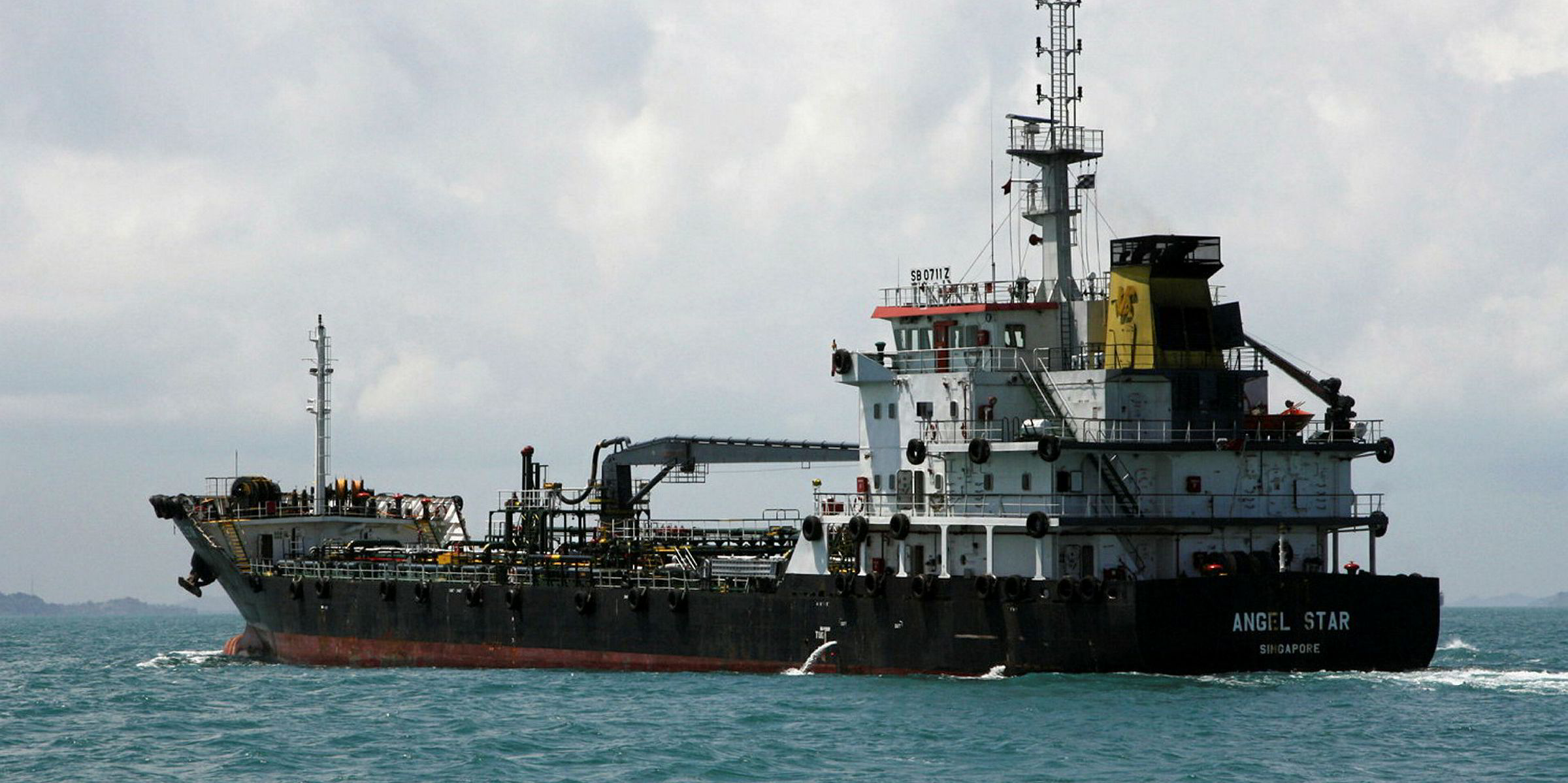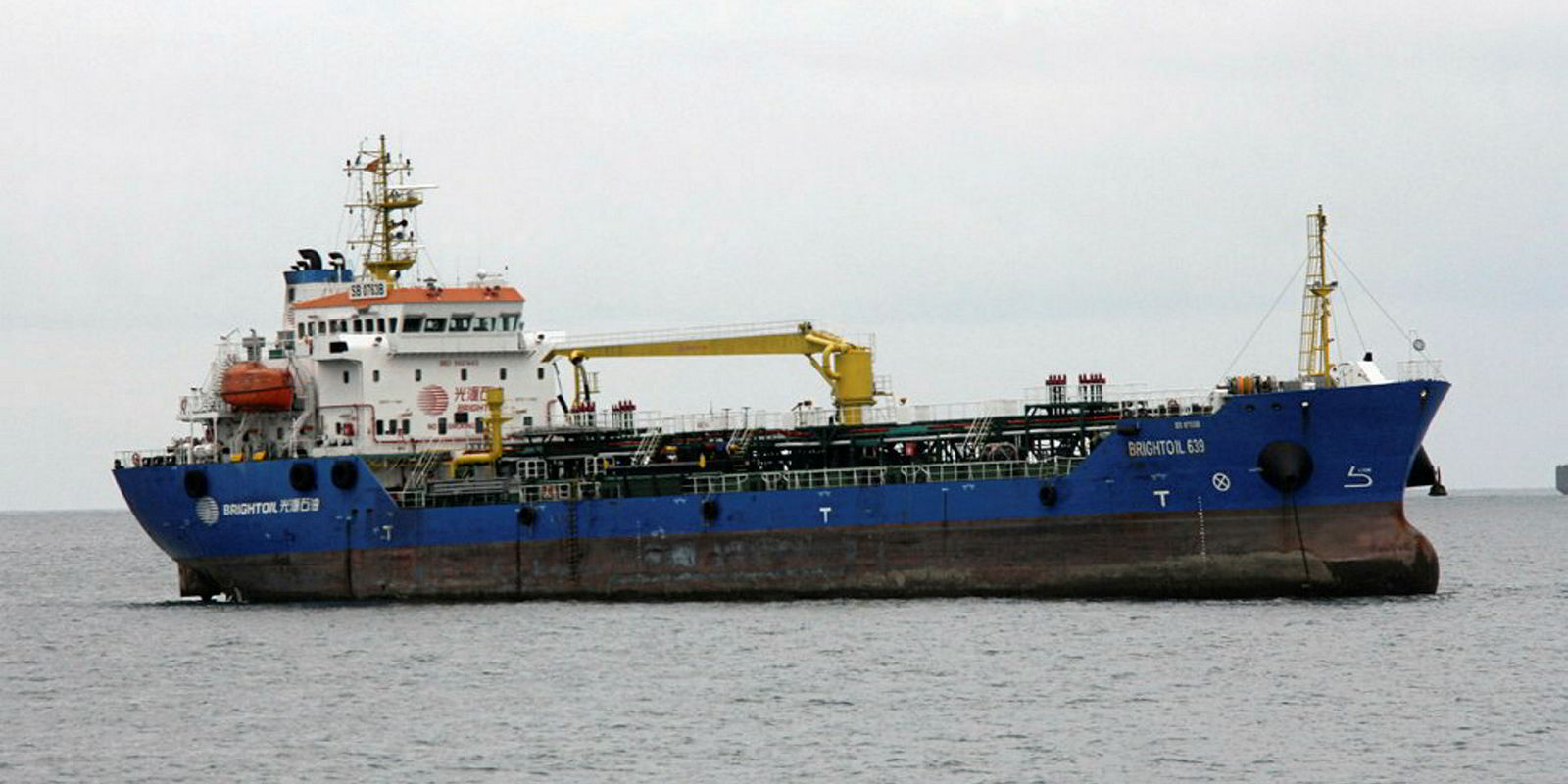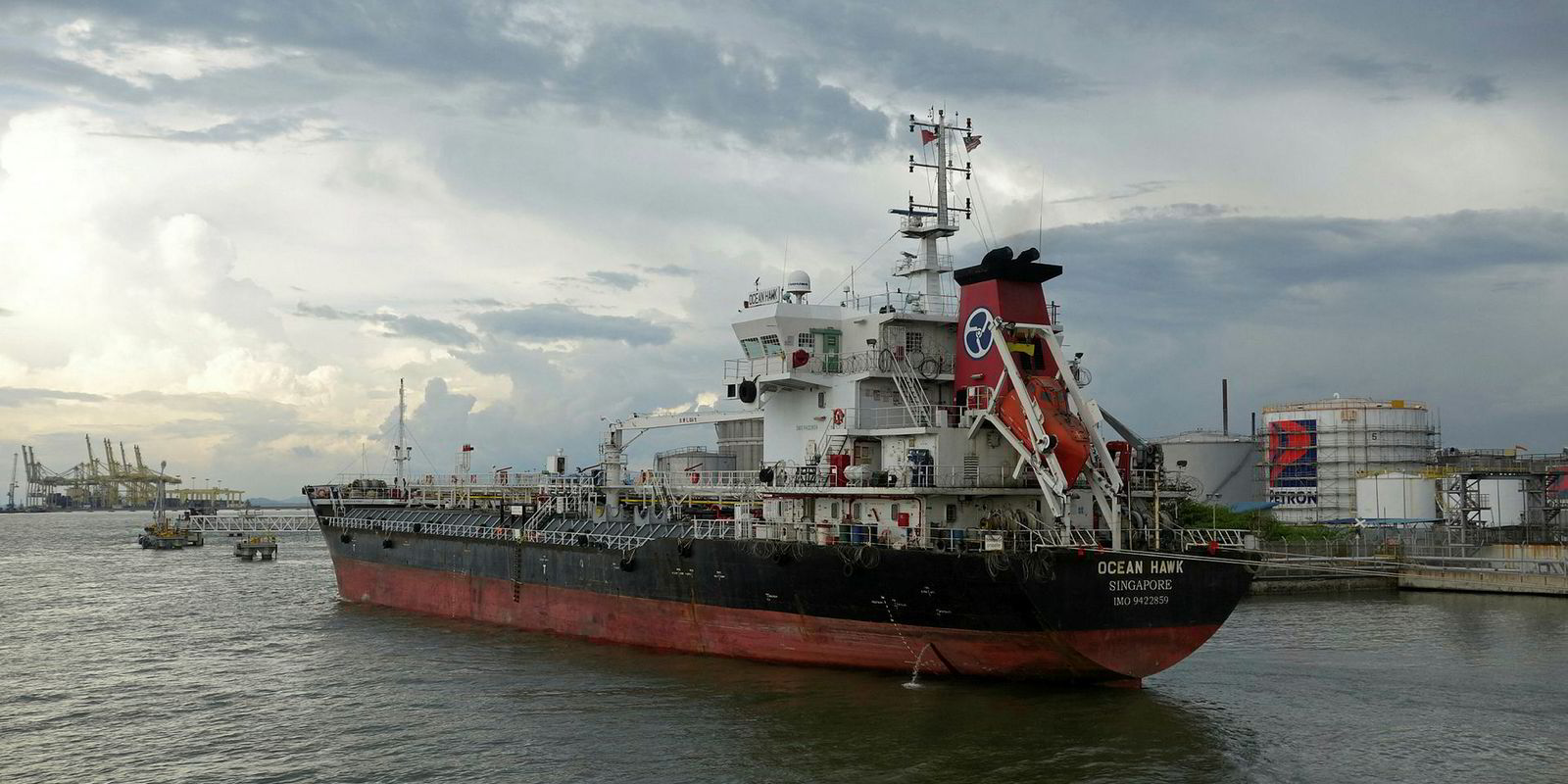Six bunker tankers belonging to Brightoil Petroleum Holdings were arrested this week by mortgage holder Toyota Tsusho Corp, which filed claims against them totalling nearly $21.1m.
That figure, combined with winding up orders from creditors seeking to recoup in excess of $52m from the Singapore arm of the Hong Kong-listed oil trader, almost guarantees the vessels will end up at auction.
The tankers, all of which are modern Chinese-built vessels of between 4,100 dwt and 7,000 dwt, have apparently had a “for sale” sign hanging over them for some time.
Cause for concern
A glut of bunker tankers on the secondhand market means the sector needs an auction of the Brightoil sextet like it needs a hole in the head
But it is their potential sale at auction that is causing the market concern.
A glut of bunker tankers on the secondhand market means the sector needs an auction of the Brightoil sextet like it needs a hole in the head.
Brokers who specialise in smaller tankers told TradeWinds there are more than 50 similar vessels up for sale, which nobody currently wants to buy.
The majority, they said, like Brightoil's, are Chinese-built and hit the water between 2009 and 2015.
There are just too many of them, industry sources complained, describing the sector as horribly oversupplied with tonnage.
Sulphur cap uncertainties
Bunker tanker operators have been holding off from buying ships, in part as most have more than enough to meet their requirements, but also due to uncertainties over what will happen in the market after the 2020 sulphur cap comes into play.
Owners desperate to sell, brokers said, are stuck between a rock and a hard place. Most of the vessels carry mortgages and where an offer is received, it is usually far less than that debt.
The availability of cheap tonnage is also blamed on the auction process itself.
Widespread bunker tanker auctions began after a flood of vessels were arrested amid the fallout from the collapse of OW Bunker in 2014.
In Singapore, many of the vessels seized in OW-related cases went under the hammer up to four times before their reserve prices dropped low enough to attract buyers.
More recent auctions have produced similar results.
Three auction were held before the four-ship fleet of Vermont UM Shipping was sold. TradeWinds understands the ships changed hands at well below their estimated market values.
Lowering the bar
Brokers say the prices obtained at auction have lowered the bar on bunker tanker values. Buyers scouting for tonnage are not willing to pay more.
This week, rumours were circulating that Chinese-backed Singaporean bunker tanker operator Southernpec Shipping was in the process of tying up a deal to sell three of its vessels — the 4,700-dwt sisterships Southernpec 6 (built 2010) and Southernpec 7 (built 2009), and the 5,500-dwt Southernpec 9 (built 2011) — to Vietnamese interests for $13m enbloc.
VesselsValue lists the combined worth of the three ships at $17.4m.
The discrepancy in values, one broker suggested, could have arisen as appraisers often look at bunker tankers as if they were regular product tankers.
Purpose-built bunker tankers designed to operate mostly within port limits often have different pumping configurations and range capabilities to small product tankers designed to perform longer voyages.
While the Brightoil arrests may be a cause for concern, the bunker tanker sector is still heaving a sigh of relief that Swiss commodities trader Mercuria Energy Group has jumped in to rescue troubled bunker supplier Aegean Marine Petroleum Network.
If the Greek company had been allowed to go bust, it would have added more than 30 other bunker tankers to auction lists, a move that would likely have decimated the already diminished bunker tanker values.






